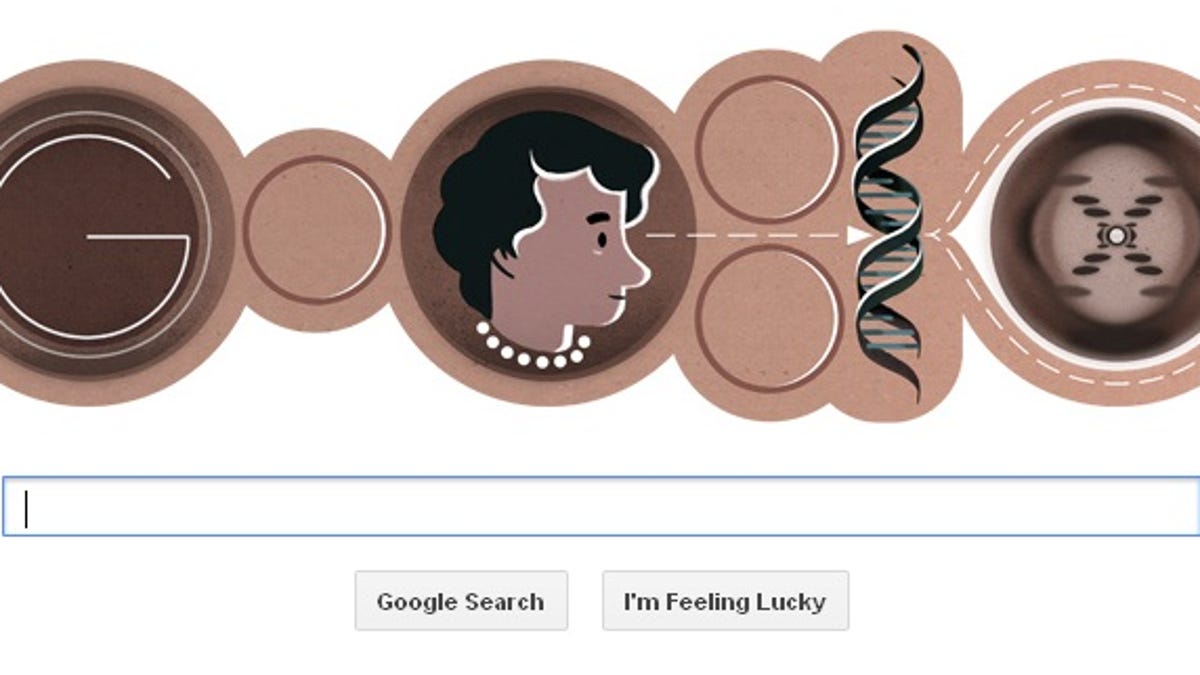Google doodle honors birthday of biophysicist Rosalind Franklin
British X-ray crystallographer made great strides in our understanding of the molecular makeup of DNA and RNA but missed out on Nobel Prize.

Google devoted its doodle on Thursday to mark the 93rd birthday of Rosalind Franklin, a British biophysicist and X-ray crystallographer who made great strides in our understanding of the molecular makeup of DNA and RNA but missed out on the Nobel Prize.
Born in London on July 25, 1920, Franklin showed exceptional scholastic aptitude at an early age. After studying chemistry at Cambridge, Franklin went to work as a research associate at King's College London in the Medical Research Council's Biophysics Unit. During her tenure at King's College, she captured X-ray diffraction images of DNA that led to the discovery of the DNA's double helix. Her data was the basis for a 1953 hypothesis regarding the structure of DNA that led to the 1962 Nobel Prize.
Franklin died of ovarian cancer in 1958 at age 37 and was ineligible for Nobel Prize nomination in 1962. The honor was bestowed on Francis Crick, James Watson, and Maurice Wilkins based on their work contributing to the understanding of nucleic acids and not exclusively for their DNA structure discoveries. However, Crick wrote in 1961 that Franklin's data was "the data we actually used" to formulate their hypothesis on the structure of DNA.
While her exposure to X-ray radiation is sometimes linked to the illness that killed her, other members of her family have died of cancer.
Franklin's studies also contributed to the understanding of the molecular structures of viruses, coal, and graphite.
Google's doodle represents Franklin gazing at the double helix structure of DNA with an image of the X-ray diffraction image of DNA (known as Photo 51) at the end.
Updated 7/25 at 12:15 a.m. PT to correct reference to award Franklin missed. It was the Nobel Prize.

